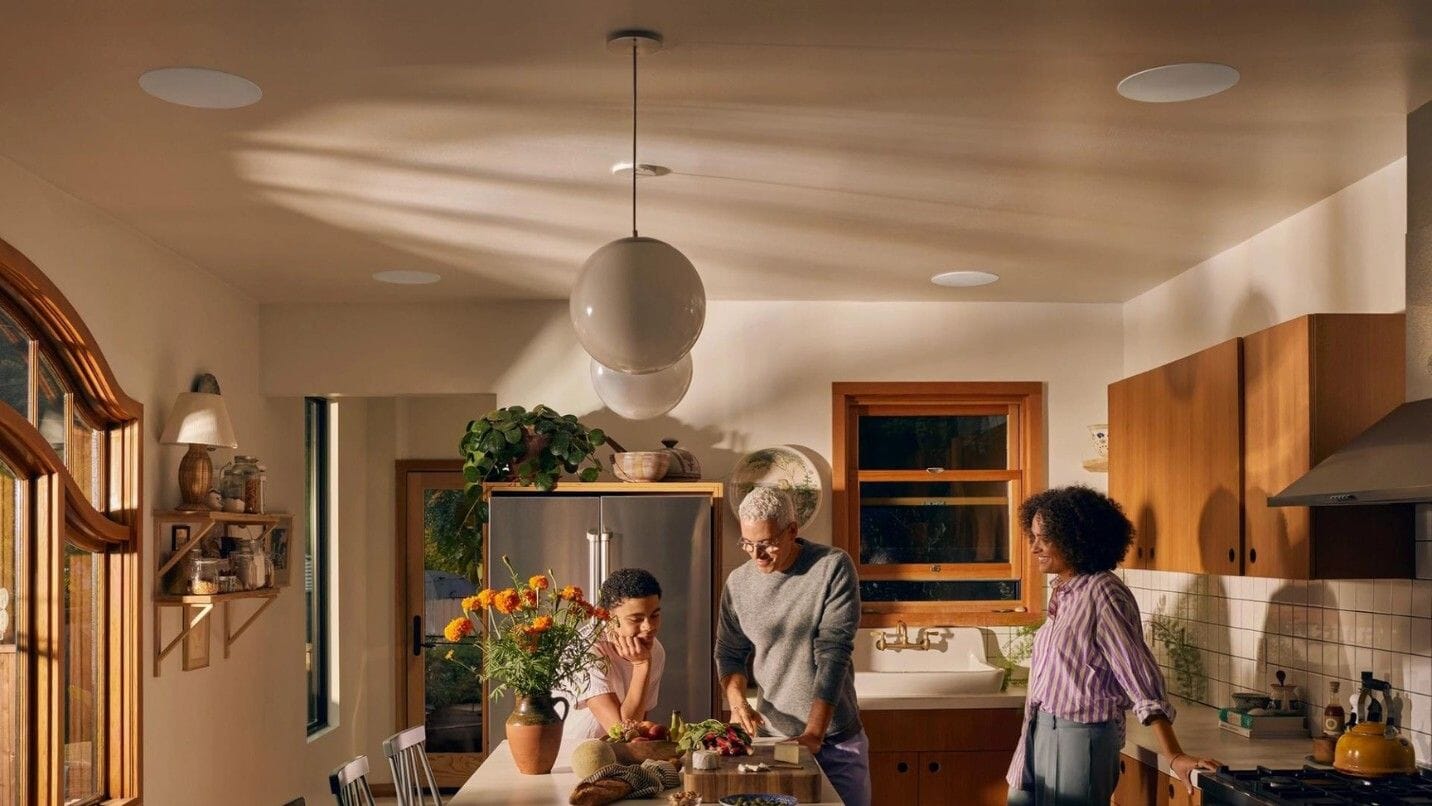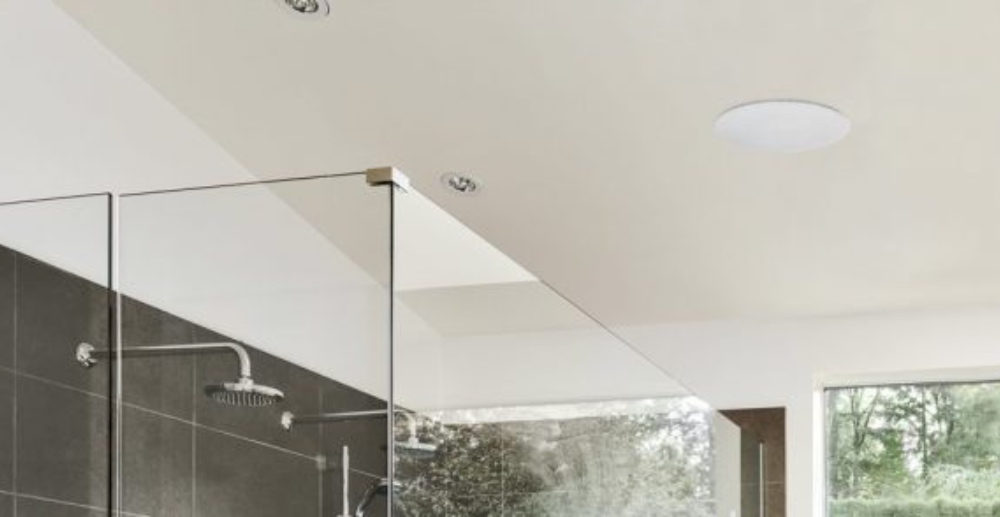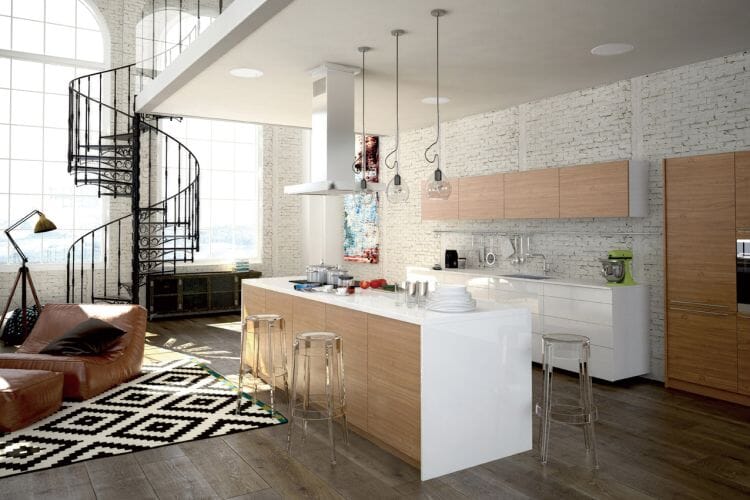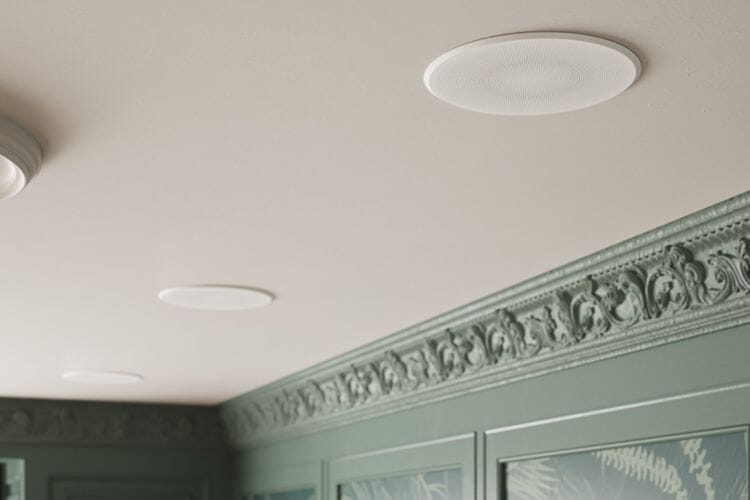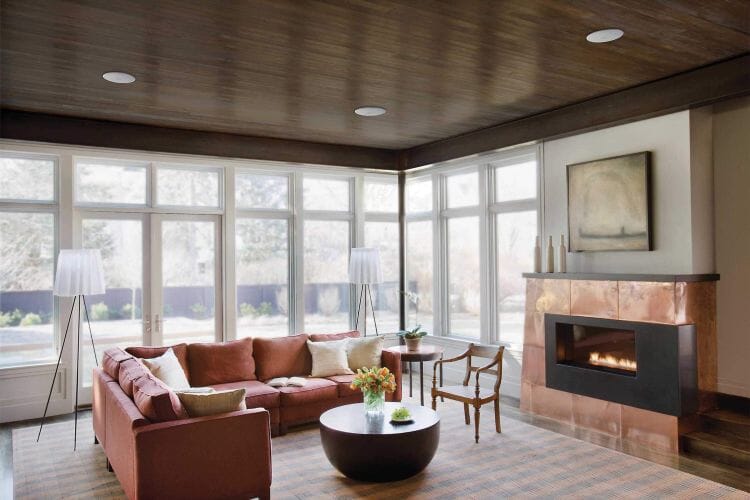Ceiling Speakers - Everything You Need To Know
*Updated for 2025*
Ceiling Speakers & Ceiling speaker systems are designed to be a permanent audio solution that will provide you with excellent, aesthetically-pleasing sound for many years to come.
That’s why it’s critical that you choose the right quality of speakers for your space, budget, and listening preferences, as well as think about how they will be installed.
We know the installation process can seem like a minefield, and we don’t want there to be any unwanted surprises for you later down the line. So, this blog strip things back to basics and cover everything you need to know before you install a ceiling speaker sound system in your space.
View All Ceiling Speakers
If you have questions along the way, give us a call at 0800 677 1100 or email info@smarthomesounds.co.uk. We're happy to help! Or, use our free ceiling speaker design service to be sure you’re maximising your budget.
We've created a super-handy 3-part YouTube video series that walks you through everything ceiling speakers, from planning to installation. Or you can watch how we helped a real client here.
JUMP TO...
- What Are the Different Types of Ceiling Speakers?
- How Much Do Ceiling Speakers Cost?
- What Size Ceiling Speakers Are Right For Me?
- What Are The Best Ceiling Speaker Brands?
- How Many Ceiling Speakers Do I Need in a Room?
- Where Should I Position the Ceiling Speakers and How Far Apart?
- Do Ceiling Speakers Need Mains Power?
- Do I Need Mono or Single Stereo Ceiling Speakers?
- Which Speaker Cable Do I Need?
- Do Ceiling Speakers Need Fire Hoods?
- Guidance for Installing Ceiling Speakers in High-Humidity Rooms
- Can Ceiling Speakers Be Painted?
- How Slim Should the Ceiling Speakers Be?
- How Do I Set up My Ceiling Speakers in a 7.1 or 5.1 Surround Sound System?
- Can I Voice Control Ceiling Speakers?
1. What Are the Different Types of Ceiling Speakers?
Ceiling speakers can get overwhelming fast, especially for newcomers or those getting bogged down by the technical jargon. We've broken down some key terminology to make things clear:
Types of Ceiling Speakers:
Passive: Most common, needs separate amplifier. Great for custom setups.
Active: Perfect for retrofits, powered by nearby outlet or light fitting. No extra cables! (Bluetooth/Wi-Fi options available)
Weatherproof: Enjoy music in bathrooms, saunas, or outdoors! Available in active and passive options.
Mono vs. Single Stereo:
Mono: Classic choice, works in pairs for stereo sound (perfect for larger rooms).
Single Stereo: Space-saving option with two tweeters for left/right channels in one speaker (ideal for smaller rooms).
2. How Much Do Ceiling Speakers Cost?
Ceiling speaker projects can be as affordable or as extravagant as you make them! The final cost will depend on a variety of factors including the speakers you choose, how many speakers you need and the complexity of the installation itself.
As a general rule, retrofitting existing homes usually costs more due to wiring challenges, whereas new builds offer easier access to wires, keeping the cost a little lower.
Of course, your budget will always be a barrier and can’t be overlooked. If you’re concerned about how much a ceiling speaker project costs, read our comprehensive guide that will give you a good idea of whether they're a viable audio solution for your home and even give you some money saving tips too!
3. What Size Ceiling Speakers Are Right For Me?
4” and Smaller Speakers:
Great options for a discreet audio solution, these in-ceiling speakers are the easiest to keep hidden but you will be compromising slightly when it comes to audio quality especially with a lack of bass. We recommend these for low background audio such as radio.
6”/6.5” Ceiling Speakers:
These are considered the all-rounders of the bunch. Offering decent performance for the majority of spaces, these speakers are ideal to use in a variety of different applications. Whether you’re looking for speakers for ambient listening, surround sound or general music listening. We recommend these as your starting point when it comes to in-ceilings.
8” Ceiling Speakers
If you’re looking to really push your audio to the limit, or are looking to fill a larger space, these speakers will deliver a wider soundstage with and deeper bass thanks to the larger 8-inch woofer. Whether you’re planning on ambient listening or listening loud, these will be a great option that can do it all and we highly recommend the Sonos 8" In-Ceiling Speakers if this is an avenue you are looking to pursue.
View All Ceiling Speakers
4. What Are the Best Ceiling Speaker Brands?
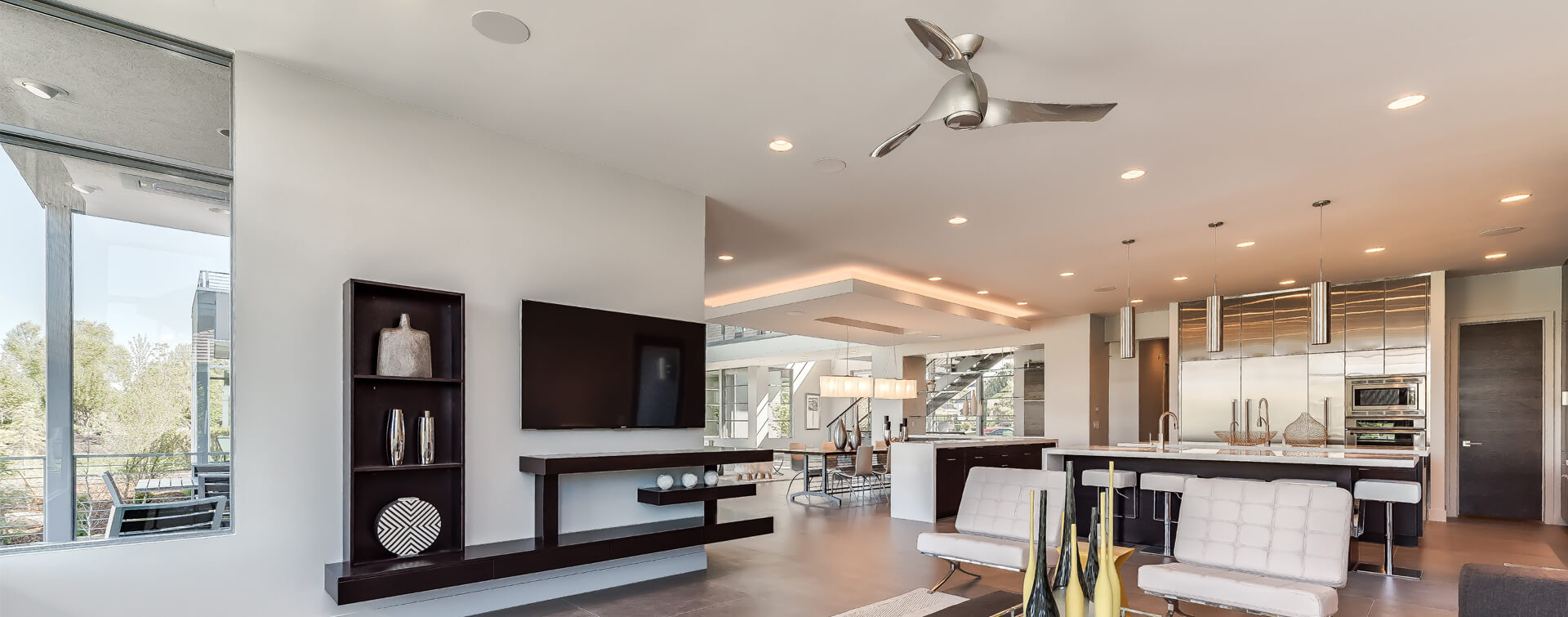
Picking the perfect ceiling speaker brand can feel overwhelming. With so many options, how do you know which is best for you?
The truth is, there's no one-size-fits-all answer. It depends on your budget, sound preference, and even the size of your room.
To save you time wading through endless options, we've put together a comprehensive Best Ceiling Speaker Guide that's worth a read. This in-depth resource dives into the top ceiling speakers from the likes of Monitor Audio, KEF, JBL, Sonos and more to help you make the most informed decision for your audio needs.
5. How Many Ceiling Speakers Do I Need in a Room?
For the most part, ceiling speakers are sold in pairs, with a view to setting them up as a left and right stereo pair.
One of the most important things about audio is the consistency of sound. For larger spaces, we feel to balance audio levels better, it is sensible to add 4 smaller speakers rather than 2 larger speakers.
If you are going to be powering your speakers with Sonos, you'll need to use the Sonos Amp. Each Sonos Amp can power up to four mono ceiling speakers (8 ohms impedance), or alternatively, six 6-inch or 8-inch Sonos in-ceiling speakers. Whether you’re installing 4 or 6 speakers, we’d recommend opting for a square configuration whenever there is plenty of space to do so.
However, note that all ceiling speakers connected to the same Sonos Amp will play the same music at the same volume. If you're looking for independent control between rooms, you will need a Sonos Amp per room to create your multi-room system.
Of course, if Sonos isn’t your thing, you can always opt for a different amplifier to power your ceiling speakers. Our top picks are the super-affordable WiiM Amp or the impressive Bluesound Powernode. Just remember, both of these options can only drive a maximum of 4 ceiling speakers as opposed to six.
Watch: Sonos Amp Review - Is it the amplifier for you? >>
Read: The Complete Beginners Guide To Sonos >>
Read: WiiM Amp Review: The All-In-One Solution For You?
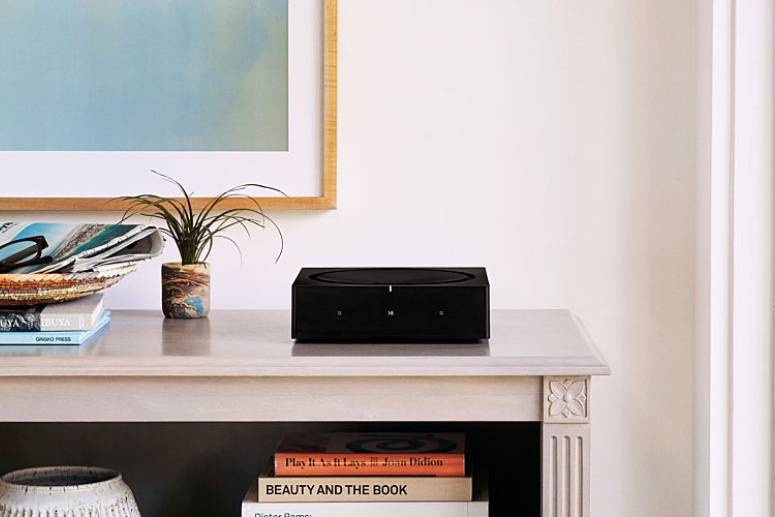 |
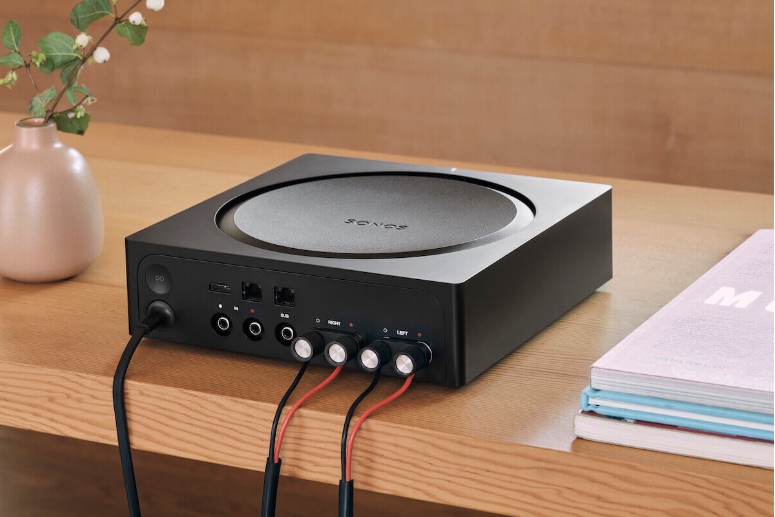 |
View Sonos Amp
6. Where Should I Position the Ceiling Speakers and How Far Apart?
It is best to position the ceiling speakers at equal distance apart from each wall, along the length of the room and at least 2 metres away from each other for the best stereo separation effect.
If the speakers will be less than 2 metres away from each other, you may wish to consider a single stereo ceiling speaker, positioned in the middle of the room's ceiling.
We understand some customers may have awkwardly shaped room layouts, which can make it hard to know where the best place to position them would be.
In this scenario, it may be worth choosing a speaker with an angleable tweeter to direct the sound to the room's most habitable areas. We have plenty of options with angleable tweeters, and these can be adjusted to perfectly match your room acoustics.
For more information, please contact our team of specialists who can study your floor plan and see what would be best, where.
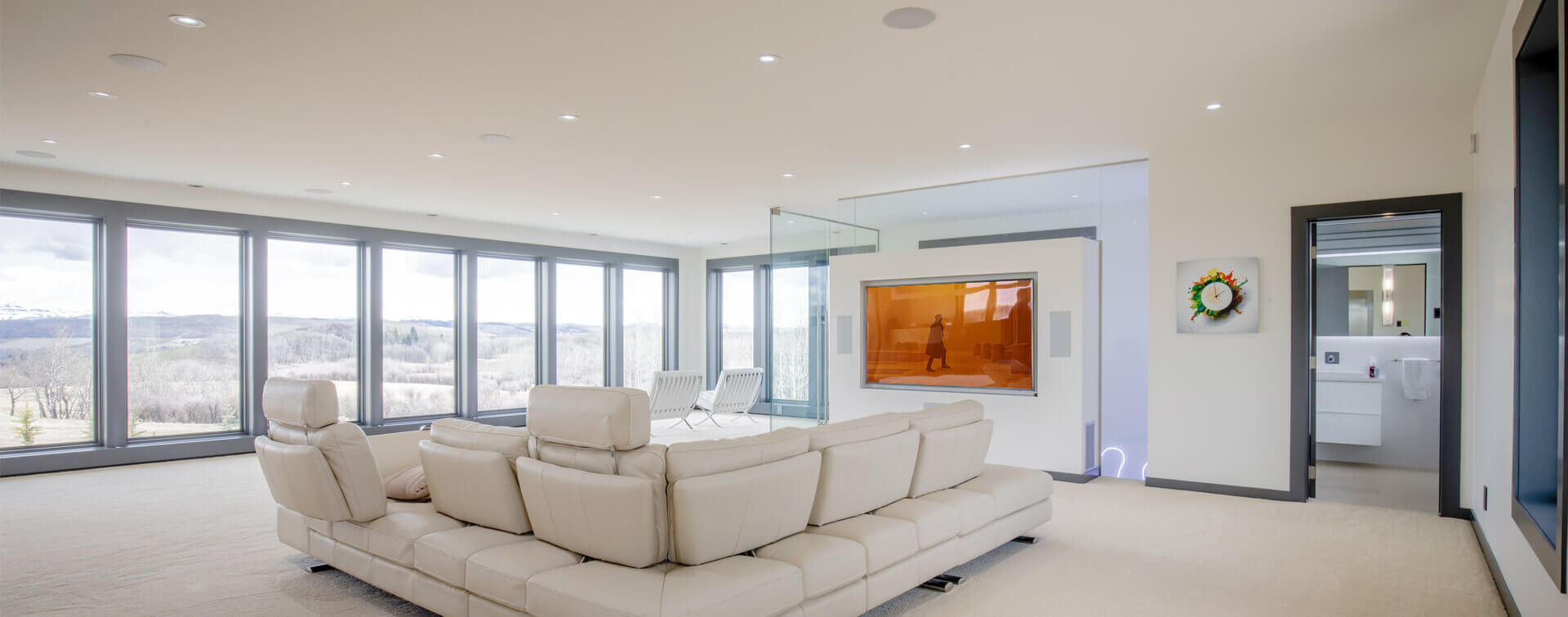
7. Do Ceiling Speakers Need Mains Power?
No, speakers are usually passive speakers which mean they do not have built-in amplifiers, and instead receive their power via speaker cable that is run from an external amplifier. This is achieved by wiring each ceiling speaker up to the binding posts on the Amp.
We recommend using a multi room amp such as the Sonos Amp or Bluesound Powernode for the best user experience. These amps allow the user to assign each amp their respective room name and audio can be grouped or played individually wirelessly to any or all rooms using their easy-to-use apps. These amps also allow you to use multiple connectivity methods such as Spotify Connect and Airplay 2.
The Sonos Amp itself then requires a mains power connection and a consistent WiFi connection.
If you do not have the facility to run speaker cable behind the ceiling, you can get ceiling mounted speakers which simply require mains power from a nearby light fitting for example and are controlled via Bluetooth. No amplifiers and no cables. Check out Lithe Audio ceiling speakers.
Or read our review of the Lithe Audio Bluetooth ceiling speaker.
8. Do I Need Mono or Single Stereo Ceiling Speakers?
Traditionally, home speaker systems were designed to work with amplifiers that process left and right channels only, so you would need to purchase a pair of ceiling speakers to set up as a stereo pair.
But what if you don't have space for two speakers, like in a bathroom? Single stereo speakers were created to solve this problem. They cleverly pack both left and right channels into one speaker, saving space and bringing stereo sound to smaller rooms.
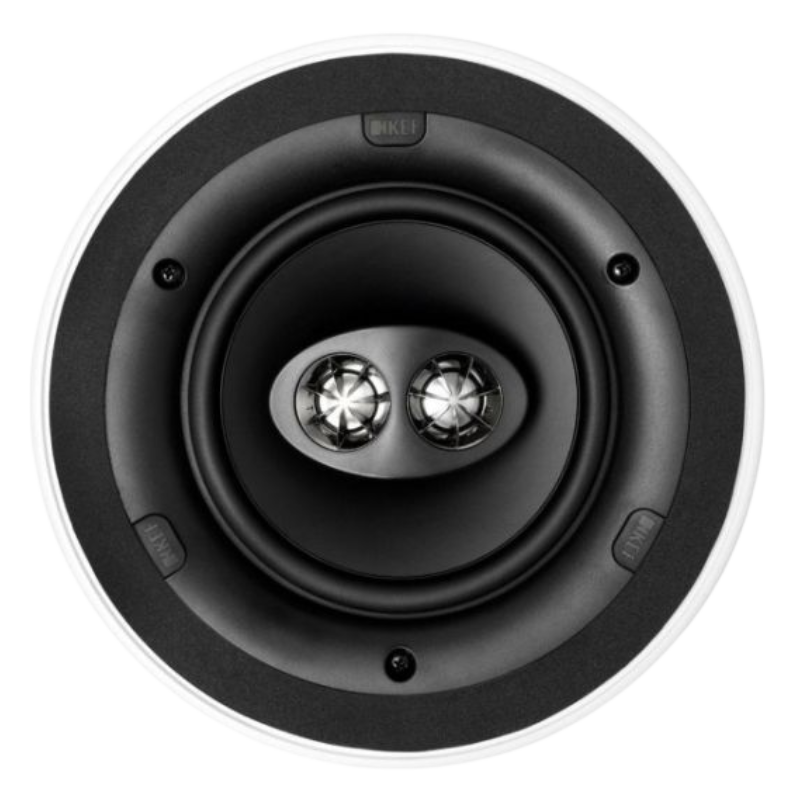 |
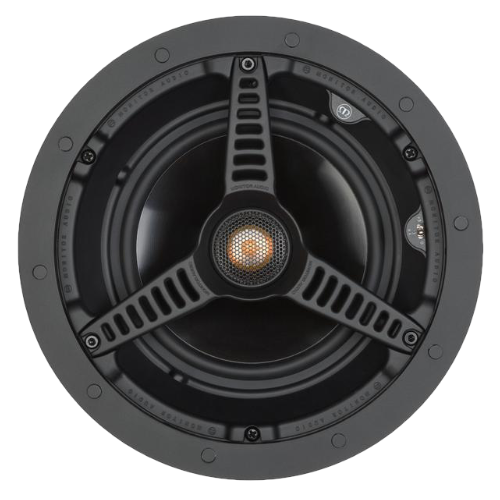 |
| Single-Stereo Speaker(KEF CI160CRDS) | Stereo Speaker designed to be used as part of a pair(Monitor Audio C165) |
| ? Note that the single-stereo option has two tweeters, this allows it to process both the left and right side of the soundstage. |
Most two channel amps running at 8 Ohms, such as the Sonos Amp, are capable of powering either 4 mono ceiling speakers or 2 single-stereo ceiling speakers. This limit is increased to 3 speaker pairs when using Sonos' In-Ceiling Speakers.
| ? Top Tip: To wire a single-stereo speaker, you should wire 2 cables to it and not 1. Only wire one if you're using a 4-core speaker cable (please see below). We commonly see the mistake of installers installing a single cable for a single speaker, and this is unfortunately not correct. |
Check out the diagram below to see how your speakers should be wired:
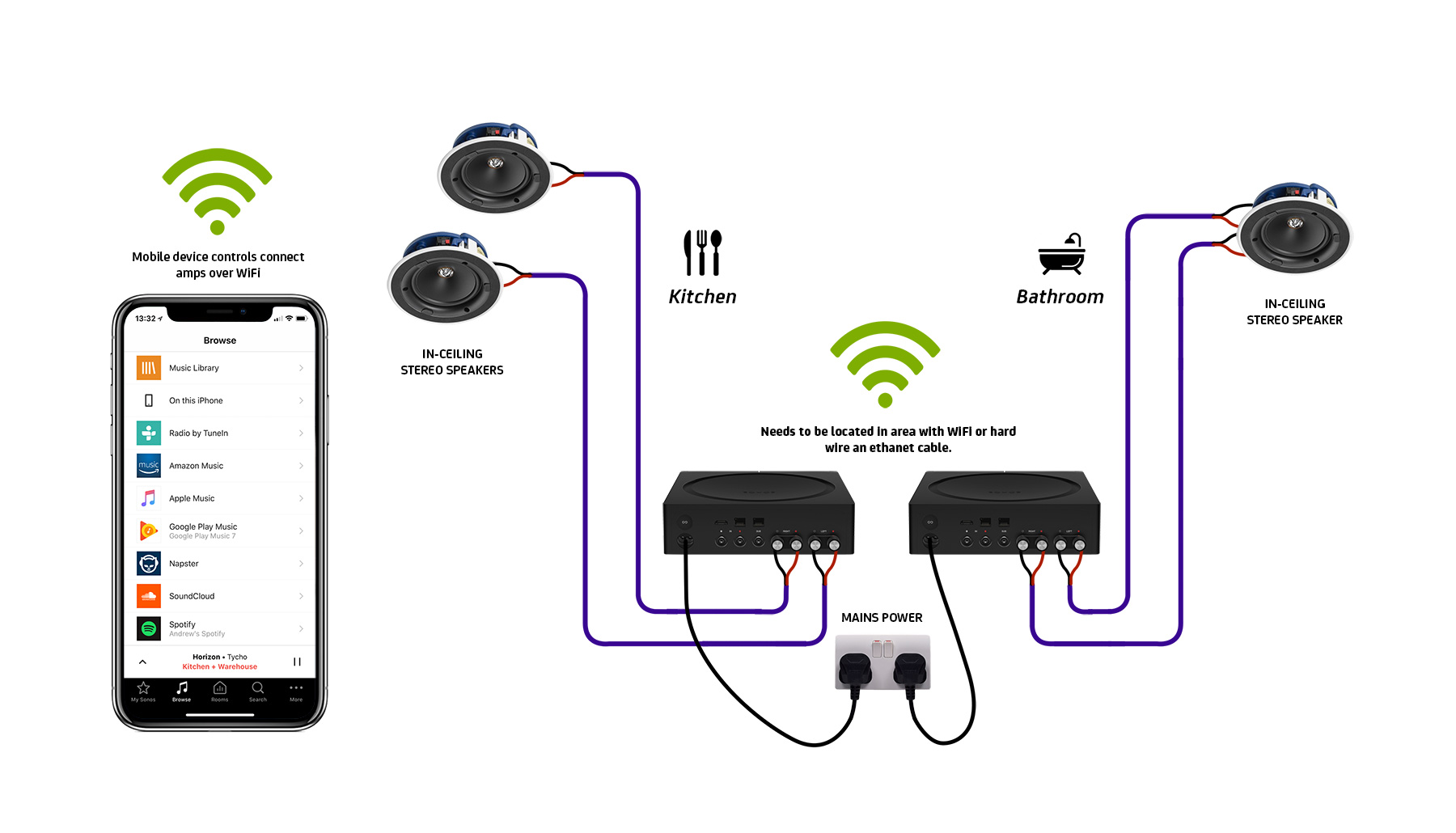
9. Which Speaker Cable Should I Use With My Ceiling Speakers?
For the majority of installs, we recommend 16 gauge 2 core speaker cable, being the industry standard. We can supply this cable in reels of 25 or 50 metres with free next day delivery if you need it quickly.
The only time you may need to run better quality cable is if any single cable run is longer than approximately 35 metres.
The audio signal can be degraded if it travels too far affecting the sound quality. In this case, we would suggest upgrading to 14 gauge cable. Cable should be installed in a parallel configuration.
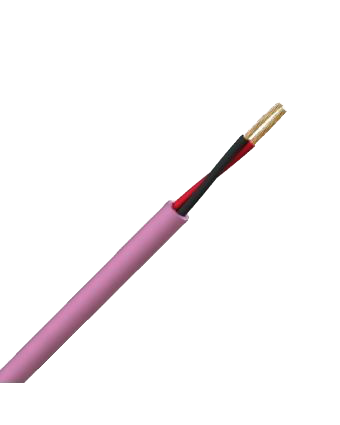 |
View Speaker Cable |
What is 4 core speaker cable?
Four cores of speaker cable are bundled in one outer sheath. This type of cable is particularly useful for single stereo installations as only one cable run is required instead of two.
10. Do Ceiling Speakers Need Fire Hoods?
A fire hood engulfs the back of the speaker to prevent the spread of fire within the ceiling void.
This is a legal requirement for any ceiling speakers that are being installed where there is a habitable room above to preserve the integrity of your ceilings in the event of a fire.
Another benefit of a speaker hood is that they provide a form of back box to enhance sound and prevent a certain amount of sound leakage. That means you can keep your upstairs neighbours happier for longer if you turn the volume up!
Please check with your builder/installer whether a fire hood is required for your ceiling speakers in your particular building. “Low smoke / zero halogen” speaker cable may also be necessary.
Read our dedicated blog about whether you need a fire hood >>
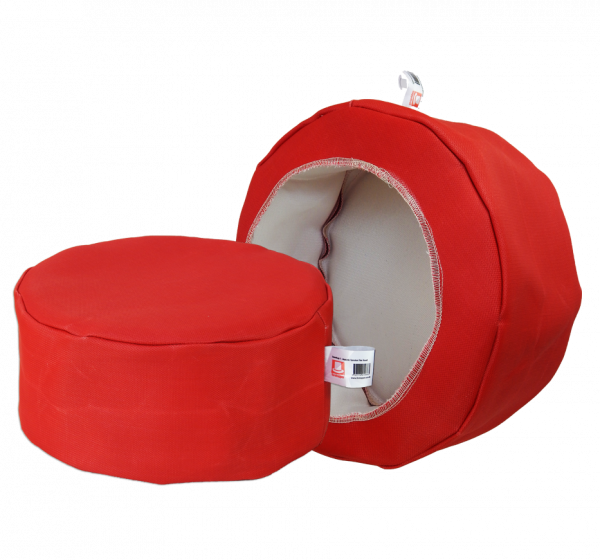 |
VIEW SPEAKER HOODS |
11. Can Ceiling Speakers Be Installed in High-Humidity Environments Such as a Kitchen or Bathroom?
Most of the speakers we supply are steam and humidity resistant which means, as long as they do not get wet, they are excellent in a bathroom and kitchen environment. When buying Ceiling Speakers, it’s always best to check with your supplier or electrician on points like this if you are unsure.
Or, if you want to have the peace of mind of having a fully waterproof ceiling speaker that can be installed inside a shower enclosure or above the bath tub, the Monitor Audio AWC265-T2 is perfect in this environment.
Have a look at our Top 5 In-Ceiling Speakers for your Bathroom. >>.
12. Can Ceiling Speakers Be Painted?
Yes, the grille on your speaker can be removed and spray-painted with good quality paint in most instances. It’s important to spray thin layers of the paint so that you don’t clog the perforated holes in the speaker grille.
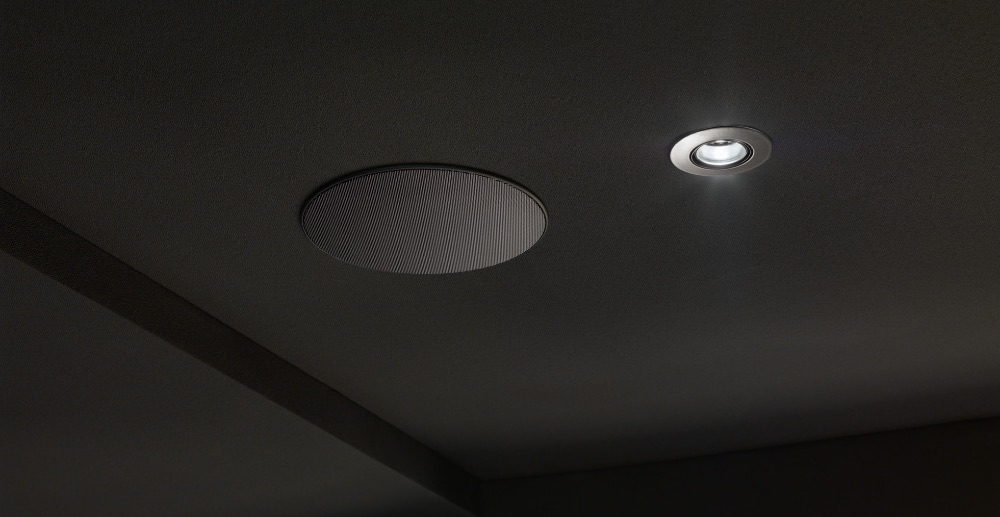
13. How Much Space Do I Need in the Ceiling Void?
The very least amount of mounting depth you’ll need is 36mm, though the average ceiling speaker is 100mm.
If the amount of depth you have in the ceiling void (behind the plasterboard) is very low, there are options available for slim and ultra-slim ceiling speakers. Please use our filter on our Ceiling Speaker Homepage to find the most suitable speaker for you.
View Ceiling Speakers
14. How Do I Set up My Ceiling Speakers in a 7.1 or 5.1 Surround Sound System?
If you’re looking to set up a home theater system and want to incorporate in-ceiling speakers, you’ll just need to think about positioning and the amplifier you’re using to power the speakers.
For 5.1 speaker placement, you’ll need a pair of speakers to offer rear surround channels. This would be two left and right speakers behind or just above your listening position. From here you’ll just need a left and right front speaker either side of your TV and another center channel speaker directly between the two (ideally where the screen is positioned to project dialogue more accurately) to finish the 5.1 system. For a 7.1 system, add two additional surround speakers directly between the front and rear surrounds, to form a left and right pair of mid-surrounds.
| ? Top Tip: It’s important to use an amplifier that can process either 5.1 or 7.1 sound channels in this type of system. |

Where should I position my subwoofer?
In terms of subwoofer placement, low-frequency sounds are non-directional meaning you can position your subwoofer anywhere. It makes sense in a lot of installations to have the subwoofer placed directly in front of your seating position, but don’t stress too much and position the subwoofer to best suit your room.
If using the Sonos Amp, we highly recommend pairing it wirelessly with the Sonos Sub or the Sonos Sub Mini.
View All Subwoofers
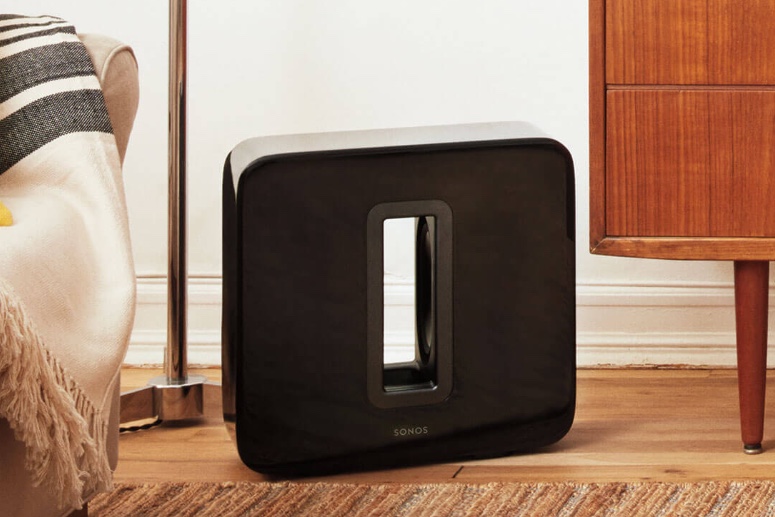 |
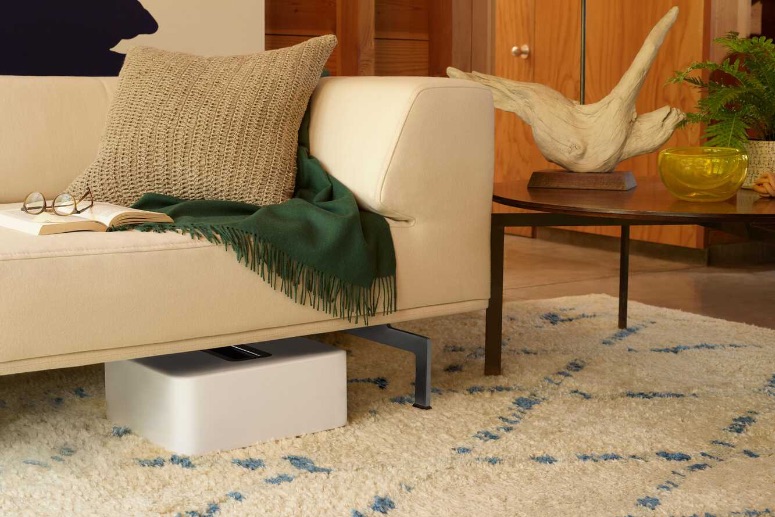 |
15. Can I Voice Control My Ceiling Speakers?
Yes, this is possible with the help of a compatible device like the Amazon Echo or Google Nest. Simply plug in your device in your chosen room and help Alexa or Google Assistant to discover your amplifier in the Amp's operating app and follow the on-screen set-up to get started.
Read: How to get the most out of Alexa on Sonos>>
Read: How to get the most out of Google Assistant on Sonos >>
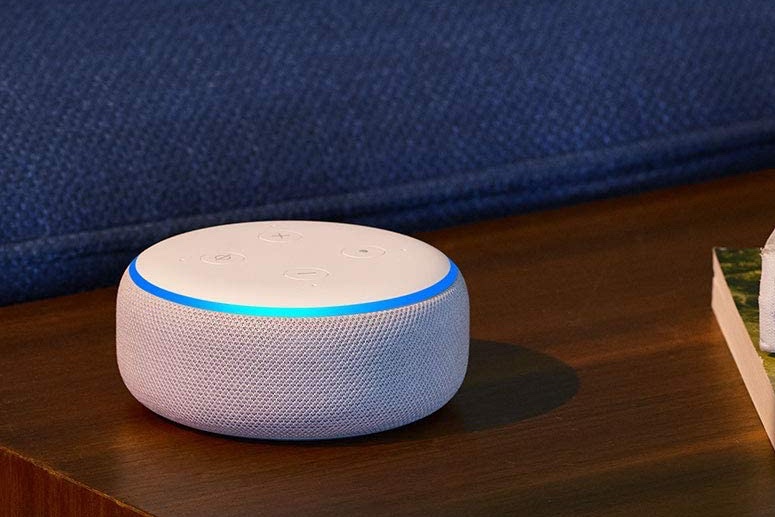 |
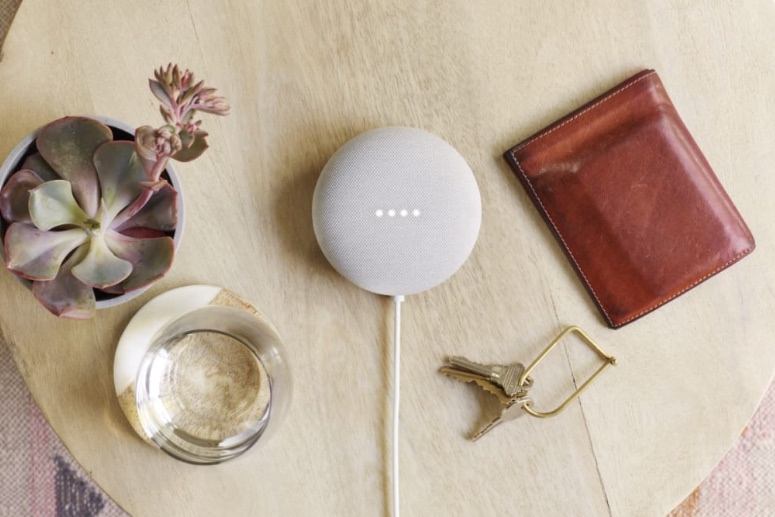 |
VIEW ALEXA DOT |
VIEW GOOGLE NEST MINI |
If you're in the middle of a ceiling speaker project or considering one in the future, we'd love to help!
We offer a completely free floor plan mark-up service so we can suggest the best positions for ceiling speakers, let you know how many would be required, recommended models and an indication of cost.
Simply phone us on 0800 677 1100, chat with us using the widget at the bottom of the screen, or send your floor plan to info@smarthomesounds.co.uk and our specialists will be happy to help.
View all ceiling speakers

By Jonathan, Sonos Specialist
Learn more about Ceiling Speakers...
How much will my ceiling speaker project cost? >>
How to choose the perfect ceiling speakers for you >>
Sonos & Ceiling Speakers for your Extension, Renovation or New-Build >>
A Complete Beginners Guide to Ceiling Speakers >>
Top 5 In-Ceiling Speakers for your Bathroom >>
Need a helping hand with your ceiling speaker project? We can help
"*" indicates required fields


